Your location:Home >Automotive News >
Time:2022-06-29 14:58:30Source:
The rapid development of autonomous driving has opened up new growth space for in-vehicle millimeter-wave radar.According to relevant analysis data, in the next 3-5 years, the market size of domestic vehicle-mounted millimeter-wave radar is expected to achieve a growth of about 40%.
However, the market share belonging to local players is only a small part.Due to the relatively late start of the domestic vehicle millimeter wave radar industry, the conditions in all aspects are not very mature. For a long time in the past, this field has been firmly dominated by foreign component giants, especially in the mainstream 77GHz vehicle millimeter wave radar industry. In the field of radar, the autonomy rate is lower.
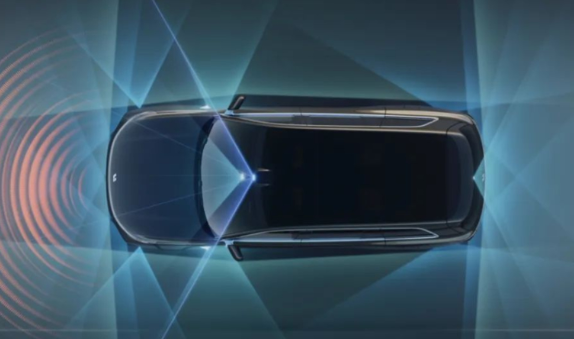
The development of autonomous driving is inseparable from millimeter-wave radar.Seeing this development opportunity, in the past few years, many local companies have regarded millimeter-wave radar as the focus of their efforts and scrambled to develop the layout, which opened the curtain of domestic replacement of vehicle-mounted radar.
Local manufacturers break through the localization of millimeter-wave radar
Driven by the intelligent transformation, the demand for millimeter-wave radar in the automotive industry is showing a rapid growth trend.
The fusion perception system of the Ideal L9, image source: Ideal Car
Compared with sensors such as ultrasonic radar and camera, millimeter-wave radar has the characteristics of wide detection range, long distance and strong anti-interference ability, and can work around the clock. In the past few years, it has been widely used in ACC, AEB, FCW and other driving assistance. function.Up to now, many car companies have regarded millimeter-wave radar as the standard configuration of the vehicle's intelligent driving system.For example, the newly launched Lili L9, Zhiji L7, Weilai ES7, Xiaopeng G9, Weimar M7 and other new cars have already been equipped with five millimeter-wave radars.
Next, as intelligent driving continues to evolve from ADAS to high-level autonomous driving, higher requirements are placed on the accuracy and reliability of the vehicle perception system, and the number of millimeter-wave radars on a single vehicle will further increase.In the L4 and L5 stages, the number of millimeter-wave radars is expected to reach up to 12 in the sensor solution of the entire vehicle.
Not only that, driven by market demand and standards, the application trend of vehicle-mounted millimeter-wave radar will gradually shift from 24GHz radar to 77GHz or even 79GHz radar, and the value of single-vehicle millimeter-wave radar will also be greatly increased.According to relevant analysis data, as the number of millimeter-wave radars in a bicycle increases from 1~3 in L2 to 8 in L4, the value of a bicycle is expected to increase from $87 in L2 to $490 in L4.
Qian Jianliang, CEO of Mi Chuan Technology,picture source: Mi Chuan Technology
Such a vast market has sparked an entrepreneurial boom in the past few years, and Mi Chuan Technology was also founded against this backdrop.According to Qian Jianliang, CEO of Mitran Technology, in an interview with Gasgoo, considering that millimeter-wave radar has many different application scenarios in automobiles, since its establishment, Mitran Technology has planned three 77GHz radar product routes, which are low-cost vehicle axles. Directional radar MT-AR1E, high-performance vehicle-mounted axial radar MT-AR1P and low-cost vehicle-mounted angle radar MT-CR1.
Among them, the MT-AR1E has a farthest detection distance of 200 meters, a maximum detection range of ±45°, a distance resolution of about 0.75 meters, and an angular resolution of 4.5°."Why is there such a design? It is mainly to meet various forward and backward detection requirements. For example, in ACC scenarios, other vehicles often cut in or out of the lane. To detect such situations, different The coverage requirements of the distance and the angle are different. When the distance is about 150 meters, it may be detected by ±10°, but if the angle coverage is too small when the distance from the car is 30 to 40 meters, it is difficult to meet the demand.” Qian Jian Liang pointed out.
In the antenna configuration, the MT-AR1E adopts a 3-transmit and 4-receive configuration.Because for mass-produced vehicle-mounted millimeter-wave radar, an important consideration is how to achieve the best possible performance at the lowest possible cost, and these two are precisely related to the antenna configuration, based on market demand. For the control, Mi Chuan Technology has determined the 3-sending and 4-receiving plan, which is basically consistent with the mainstream trend of the industry.
MT-AR1P, image source: Mi Chuan Technology
MT-AR1P adopts two transceivers with 3 transmissions and 4 receptions in the design, realizing 6 transmissions and 8 receptions. Compared with MT-AR1E, the performance in all aspects is greatly improved - the longest detection distance can reach 250 meters, and the maximum detection distance can reach 250 meters. The range is up to ±60°, and it also meets the high-resolution detection requirements of long-distance small angles and medium-distance large angles.
The angle radar MT-CR1, starting from the actual application scenario - mainly detects the situation of the four corners of the vehicle, supports the application of assisted driving functions such as RCW, CTA, LCA, BSD, APA, etc. The angle measurement range is larger than the previous two products, reaching ±75°.In this process, in order to better support applications such as parking assistance, Mitran has adopted an ultra-large bandwidth antenna on the MT-CR1, and further integrated the ultra-short-range application algorithm in the main control unit, so that the MT-CR1 can be used simultaneously. With ultra-short-range radar detection function, the main control unit flexibly configures and schedules according to the actual application scenario.
Based on this design, the nearest detection distance of MT-CR1 can be shortened to about 30 meters, and the corresponding distance resolution can reach below 10 cm."Because in the parking scene, the smaller the distance resolution, the better. In addition, through our solution, it is equivalent to integrating the corner radar and the ultra-short-range radar application, which can help reduce the number of millimeter-wave radar on the vehicle. This reduces the overall cost of the perception system." Qian Jianliang said.
It is reported that at present, the three millimeter wave radar products of Mitran Technology have completed the performance verification, and will be produced in small batches this year, and will be delivered to relevant car companies and Tier 1 partners for the next project development.
To make up for the "short board", we need to start from ecological construction
In the field of vehicle-mounted millimeter-wave radar, after several years of exploration, local companies have launched a lot of production-level solutions.Nevertheless, compared with foreign giants such as Bosch, Continental, Aptiv and HELLA, there is still a big gap.Especially in terms of product maturity, Qian Jianliang believes that local companies still have many shortcomings.
"What is maturity? It is the ability to design vehicle-mounted millimeter-wave radar products that meet the needs and at the same time low cost for different scenarios." But it's not easy.Qian Jianliang pointed out that a big challenge for local companies in the field of vehicle-mounted millimeter-wave radar is that the resolution cannot meet the demand well, which is very critical for high-frequency assisted driving application scenarios such as ACC.
It is not difficult to find that in the past few years, local companies have mostly started in areas with relatively low safety levels such as BSD blind spot monitoring in terms of domestic replacement of vehicle-mounted millimeter-wave radars, because this application scenario has relatively low performance requirements for radar, and often only It is only necessary to detect whether there are obstacles in the target area. As for the specific location of obstacles, the requirements are not very high.
Another important difference is in the hidden costs of R&D and production, which in turn directly determine the final product cost.If Mercedes-Benz took the lead in applying the 77GHz radar on the S-Class in 1999, the millimeter-wave radar has been used in the automotive field for more than two decades. During this period, the vehicle-mounted millimeter-wave radar has undergone numerous iterative upgrades. The hardware scheme and algorithm principle of the module are basically unified."But why there is still a big difference in the price of everyone's products, this is mainly caused by the cost of research and development and production." Qian Jianliang said.
To solve this problem, he believes that the key point is to do a good job in the ecological construction of vehicle-mounted millimeter-wave radar, that is, to have complete vehicle-mounted millimeter-wave radar test and measurement methods and equipment, which is an important technical foundation."Millimeter-wave radar works by transmitting signals and receiving reflected signals from the target, and then measuring the position data and relative distance of the target according to the time difference between sending and receiving, and calculating the relative speed. In this process, the quality of the signal will be directly To determine the overall performance of the radar, only this step is done well, and the subsequent series of optimizations for the radar design will be more meaningful." Qian Jianliang pointed out.
MT-RSM77 radar signal measurement equipment, picture source: Mi Chuan Technology
To this end, while focusing on the research and development of vehicle-mounted millimeter-wave radar modules, Mitran is also carrying out the ecological environment construction of millimeter-wave radars, and has independently developed the 77GHz millimeter-wave radar signal special test equipment MT-RSM77 and dedicated automatic testing. System MT-RSS77, and related supporting tools, such as MT-BR2RJ45 for inter-conversion between 100Base-T1 vehicle Ethernet interface and 100Base-TX standard Ethernet interface, in order to obtain as much raw millimeter wave radar data as possible, use In order to support a series of follow-up research and development, and promote cost reduction.
"Unlike some other equipment suppliers, our set of equipment is specially developed for millimeter-wave radar. And our set of tools can be used not only in the product development process, but also in the production stage. Because the automotive millimeter-wave radar products are offline Before, a series of tests were also required. The traditional method was basically to use foreign equipment, which was not only expensive, but also such equipment could only detect whether the performance of radar ranging, speed measurement, and angle measurement met the requirements, but could not be clearly informed. The specific problem will require the intervention of the technical department in the follow-up, which will increase the production cost. But our equipment can not only detect whether the product is qualified, but also detect the unqualified, whether it can be quickly converted into qualified products through software remediation.” Qian Jianliang explained.
According to him, the research and development of this set of test equipment has been basically completed. It has been used to test and measure related products within Mitran Technology, and will be opened or even sold when appropriate in the future to help other companies solve the underlying signal system problems. ."The underlying signal is one thing that millimeter-wave radar companies must figure out. Although this is very important, it is not the core of radar's success or failure. The real core of radar's success or failure also includes the following series of algorithms, so willing companies need not have other concerns. ."
It is worth mentioning that compared with the solutions of foreign equipment companies, the price of this equipment of Mitran may be less than one-tenth of the price. Moreover, since Mitran itself is also a millimeter-wave radar research and development enterprise, in terms of radar test and measurement With in-depth research, it is expected to better support the development of local millimeter-wave radar companies than foreign equipment providers.
4D
The intelligent upgrade of the whole vehicle not only gives the vehicle-mounted millimeter-wave radar a larger market space, but also brings a new innovative upgrade direction for this technology, that is, 4D imaging radar.
Compared with the traditional millimeter-wave radar, the 4D radar mainly adds the measurement of the height dimension of the target on the basis of the original detection distance, azimuth and speed.In this way, it can effectively solve the problems of insufficient angular resolution of traditional millimeter-wave radar, inaccurate height measurement, and inability to image high-density point clouds, and better meet the high-precision environmental perception requirements of high-level autonomous driving.Even in the opinion of some industry insiders, 4D radar is expected to serve as a "replacement" for lidar in some scenarios.
Therefore, in the past two years, the international Tier1 represented by Bosch, Continental, ZF, etc., as well as local parts suppliers such as Huawei, Huayu Automobile, Zongmu Technology, Baolong Technology, Jingwei Hengrun, Senstech, and Anzhi Automobile, The 4D millimeter-wave radar research and development plan has been launched one after another, and it has successively entered the mass production cycle.
4D millimeter wave radar application scenario, image source: ZF
For example, ZF's 4D millimeter-wave radar has been confirmed to be installed on the Feifan R7, which is scheduled to be officially launched and delivered in the second half of this year.HASCO recently stated on the investor interaction platform that the 4D imaging millimeter-wave radar products independently developed by its electronics branch have been supplied in small batches to commercial vehicle intelligent driving customers such as Youdao Zhitu.Guo Jian, founder of Anzhi Automobile, revealed that the 4D imaging radar developed by the company will be available within this year.
According to the forecastof relevant institutions, 4D millimeter-wave radars will be imported on a small scale from the beginning of 2022. It is expected that the number of 4D millimeter-wave radars will exceed one million by 2023, and the proportion of all forward millimeter-wave radars is expected to exceed 40% by 2025.
Qian Jianliang revealed that Mi Chuan Technology is also closely following this industry trend and plans to launch related projects.However, the specific project progress depends on the actual development of autonomous driving.Moreover, the technical challenges faced by 4D millimeter-wave radar itself cannot be ignored. Although the detection effect of 4D millimeter-wave radar has improved significantly, the technical difficulty has also increased exponentially.
"In order to increase the height dimension measurement of 4D millimeter-wave radar, an antenna array for measuring the height dimension must be provided, which means that the algorithm will be more complicated, and the computing power of the corresponding processor will also need to be increased." Qian Jianliang said.The current fact is that the chips suitable for 4D millimeter-wave radar have just started.At the beginning of this year, NXP officially announced the mass production of the S32R45 imaging radar chip at the 2022 CES. Following that, Mobileye, Ambarella and other companies also announced to accelerate the development of 4D radar chips.Overall, the industry is still at a relatively early stage of development.
In addition, it is very difficult to improve the angular resolution and altimetry capability of 4D radar. At present, there are three main solutions in the industry. One is to increase the hardware such as chips and antennas. Cascading to form a multi-transmit and multi-receive antenna array, but this solution will greatly increase the cost, size, and power consumption due to the stacking of hardware, and the process difficulty will increase, and a large number of antennas will interfere with each other.The other is to rely on the AI algorithm to increase the number of virtual channels, but the response speed will be slower due to the slower frame rate.The third type is to form a dedicated 4D radar chip by integrating multiple-transmitting and multiple-receiving antennas into one chip, but such chips tend to have high energy consumption and are very expensive.
Despite this, Qian Jianliang said that Mi Chuan Technology will still closely follow the market demand to carry out corresponding technical reserves and choose an appropriate technical route.At the same time, it will continue to improve the construction of the millimeter-wave radar ecological environment to better support product research and development. For example, the development of millimeter-wave radar for the detection of vital signs in the cabin will also be a relatively determined development direction of Mitran.
●
Gasgoo's"Seeds Discovery" column aims to discover good companies and good technologies that have an important inspiring and leading role in the automotive industry in the tide of intelligent and electrified transformation, and explore more possibilities for the smart electric vehicle industry chain.For more column reports, please click the link:https://auto.gasgoo.com//NewsTopic/Seeds.html
Statement: the article only represents the views of the original author and does not represent the position of this website; If there is infringement or violation, you can directly feed back to this website, and we will modify or delete it.
Preferredproduct
Picture and textrecommendation

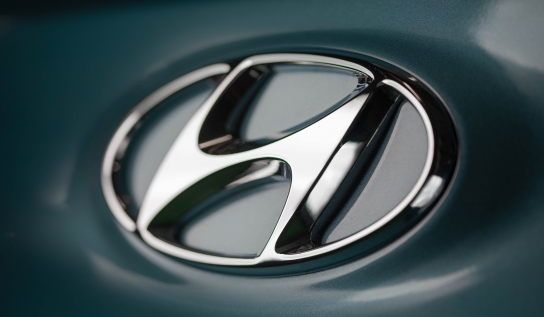
2022-06-29 14:57:48
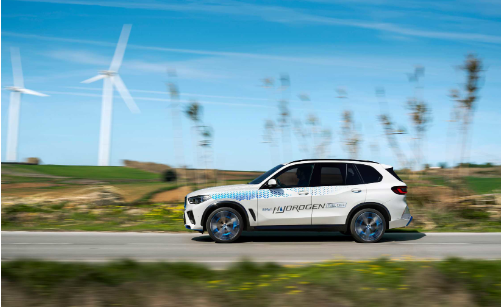
2022-06-29 14:57:15
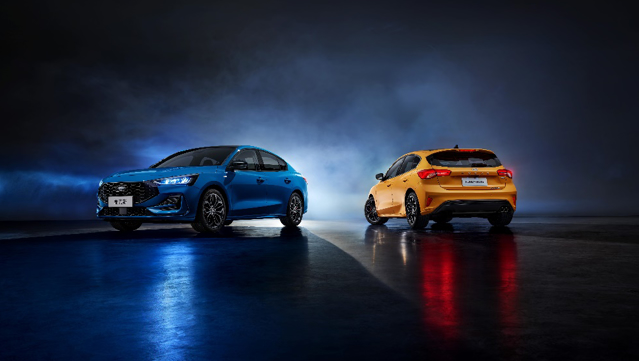
2022-06-29 14:56:00
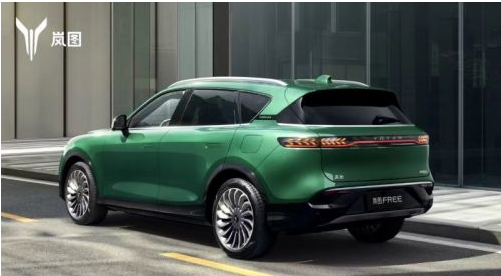
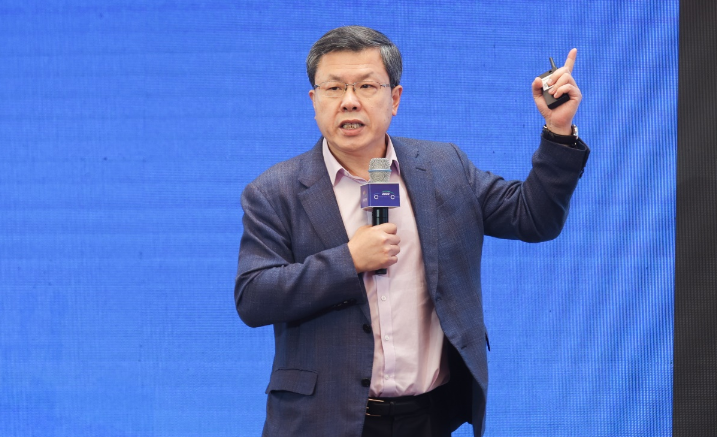
2022-06-29 14:54:24
Hot spotsranking
Wonderfularticles
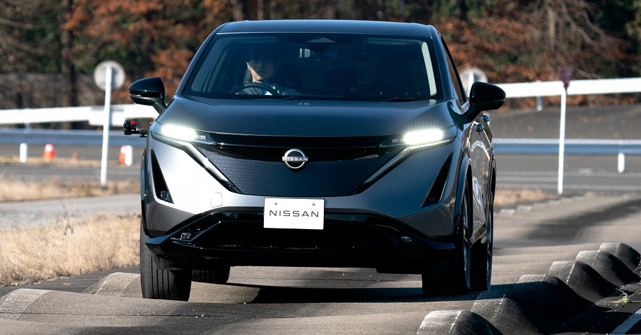
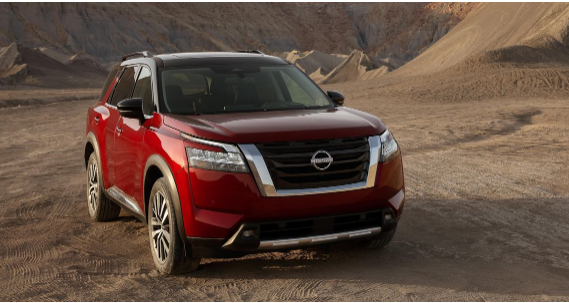
2022-06-29 14:52:13

2022-06-29 14:50:36
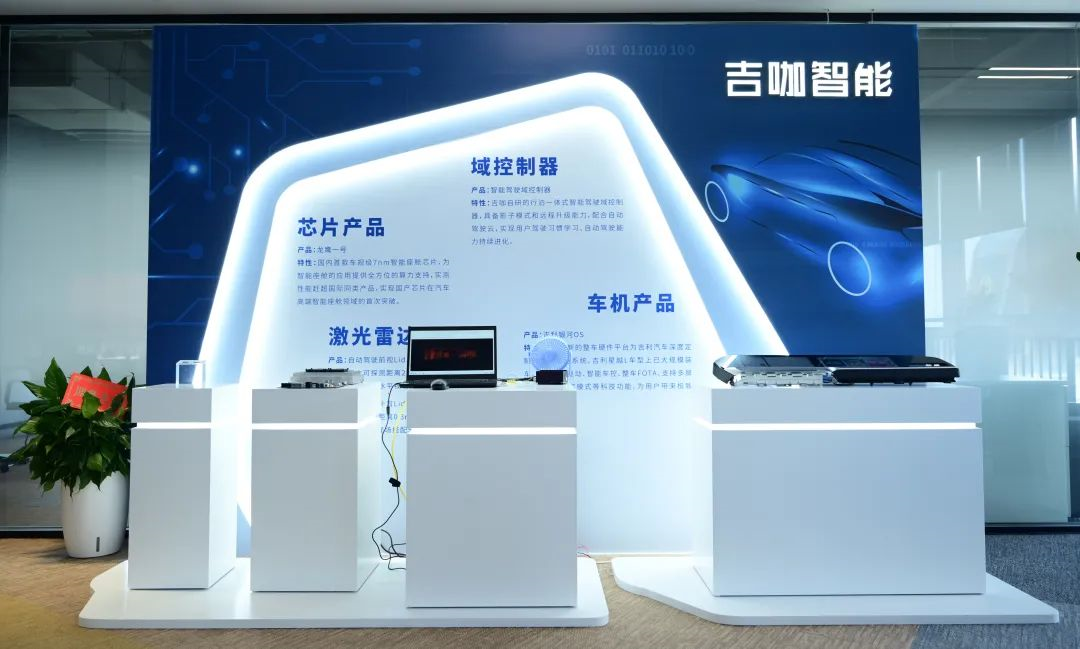
2022-06-28 17:13:45
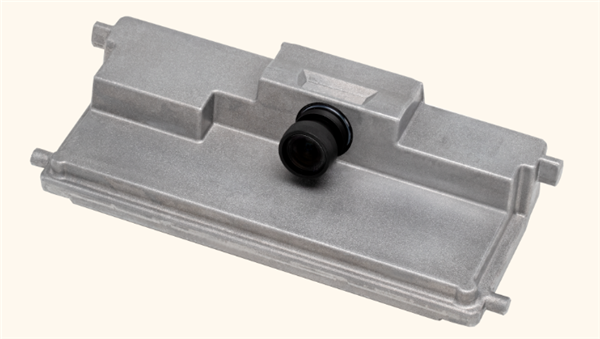
2022-06-28 17:13:09

2022-06-28 17:12:27
Popularrecommendations
